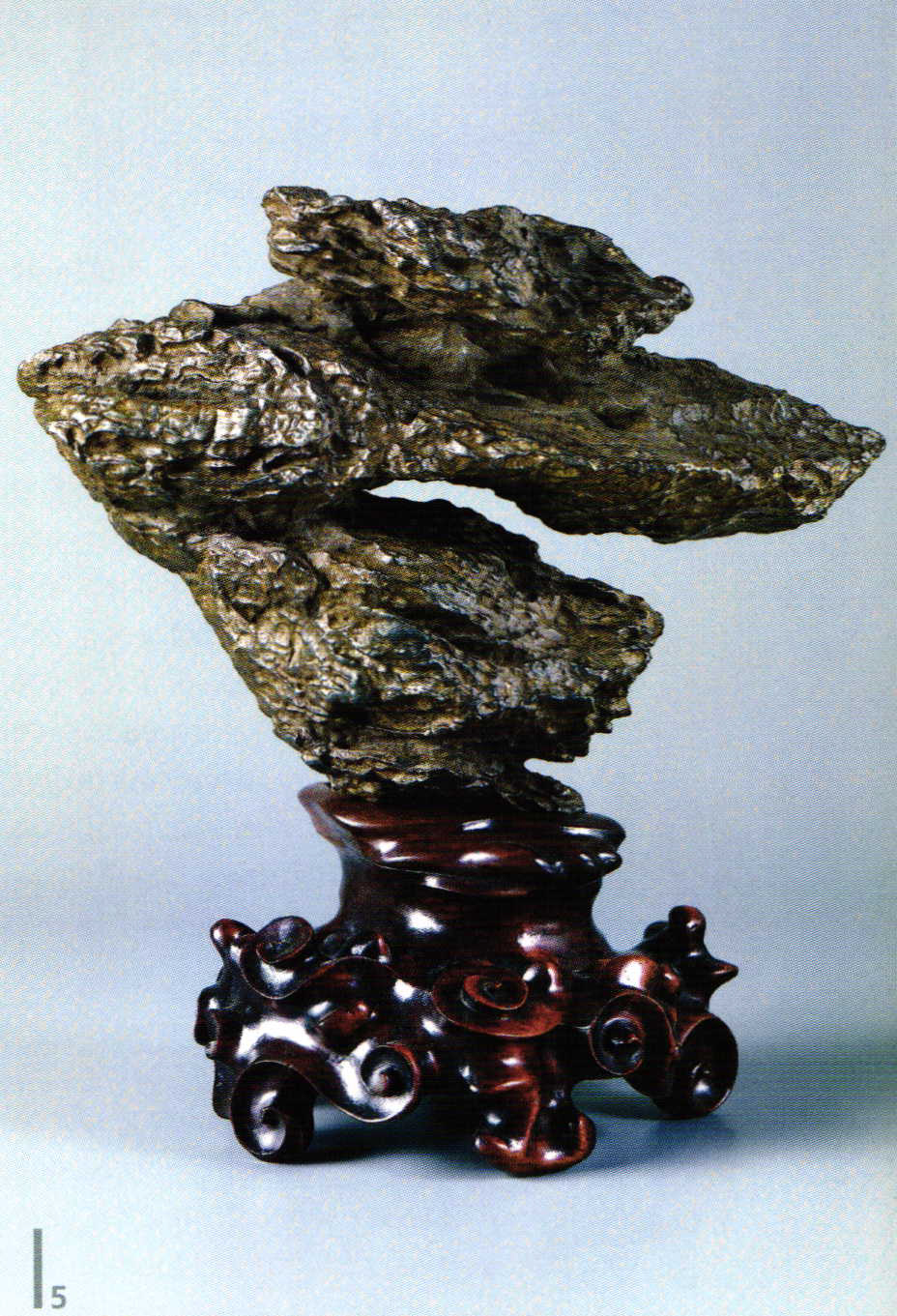Living Stones: Nature as the Artist
1 Minute Read
Where does nature end and art begin? This question is the subject of an exhibition that renders almost tangible the fascinating variety in the relationships between the world of forms found in nature and in art.
Rock crystal group
Rock crystal crucifix, mountain crystal, silver, gold, Venice, start of the 14th century
Folded mica schist
Which natural objects would be better suited to tracing the origins of formative creativeness than stones? Folded slate, petrified plants, oddly formed crystals some of them over two billion years old - are the exhibits in the show Living Stones. Photographs by Albert Renger-Patzsch, Alfred Ehrhardt and Karl Blossfeldt, which show crystals, petrified plants, stone formations and art made of stone and cult objects, complement the natural exhibits.
The exciting ties between a medieval and a Far East understanding of nature are portrayed in the exhibition by presenting the most significant artworks of various origins in a direct juxtaposition with precious minerals and crystals: a medieval rock crystal crucifix and mountain crystal, Chinese Scholars rocks and bizarre stone formations, an Aztec cult device and volcanic obsidian stones, a Bishop's staff and a petrified cephalopod.
Petrified horsetail
Scholar's rock in the form of a bizarre stone, China, 18th century
Photography by Albert Renger-Patzsch from the year 1966, granite formation in Brittany
The renowned German photographer, Albert Renger-Patzsch, protagonist of the 'New Objectivity' in photography, documented in his work the age-old cycle of emergence and decay - the 'growth phases' in the earth's stones. His later oeuvre 'Stone', en compassing 64 photographs, is also the framework for the exhibition. He found fascinating stone formations everywhere n Europe, in which this 'life process' of stones was visible: volcano activity and the movement of the earth's plates constantly form the surface of the earth in new ways, while the forces of water, wind and sun constantly erode these stone masses, moving them into the seas. This s where new layers of stone form, deformed in turn by pressure and heat, forced into the depths or once more folded up as mountains and therefore restored to the endless cycle of the 'living' earth.
by Christel Trimborn
You assume all responsibility and risk for the use of the safety resources available on or through this web page. The International Gem Society LLC does not assume any liability for the materials, information and opinions provided on, or available through, this web page. No advice or information provided by this website shall create any warranty. Reliance on such advice, information or the content of this web page is solely at your own risk, including without limitation any safety guidelines, resources or precautions, or any other information related to safety that may be available on or through this web page. The International Gem Society LLC disclaims any liability for injury, death or damages resulting from the use thereof.
The All-In-One Jewelry Making Solution At Your Fingertips
When you join the Ganoksin community, you get the tools you need to take your work to the next level.
Trusted Jewelry Making Information & Techniques
Sign up to receive the latest articles, techniques, and inspirations with our free newsletter.
